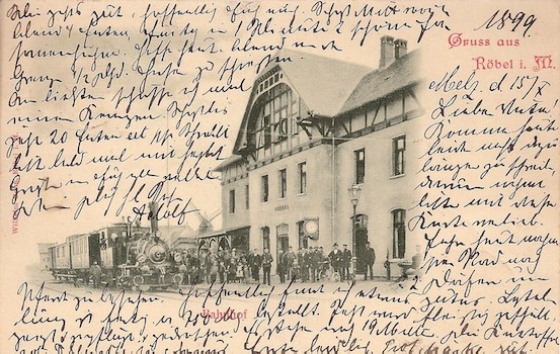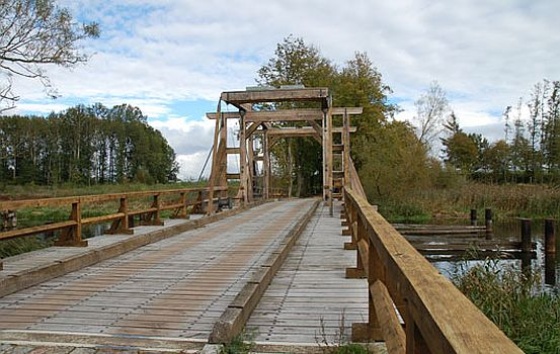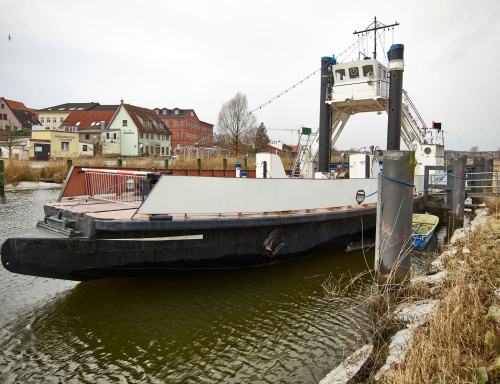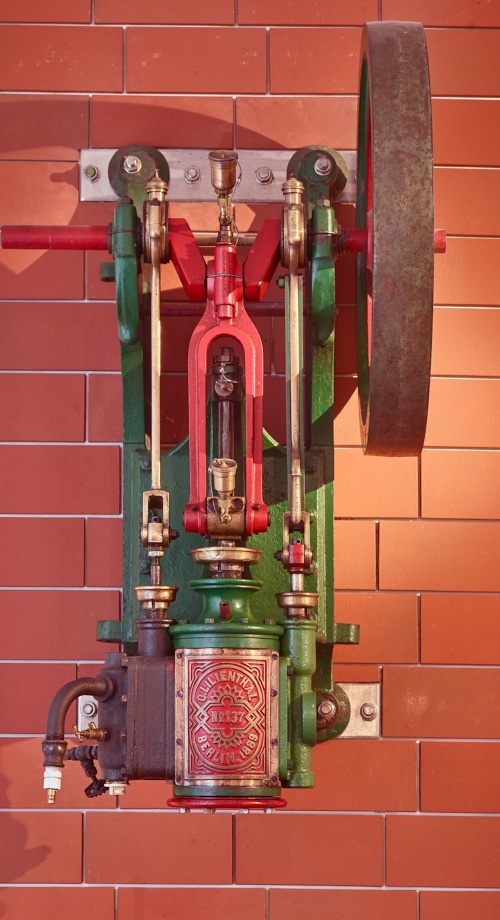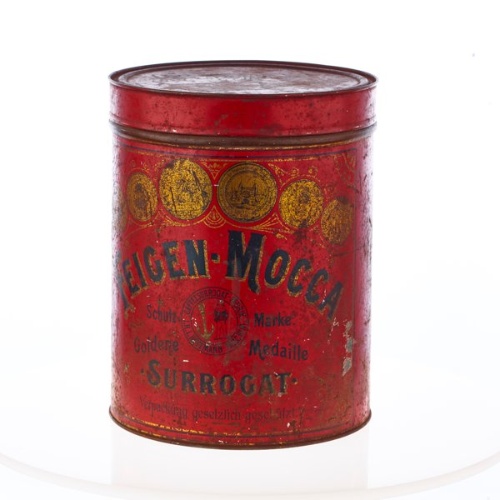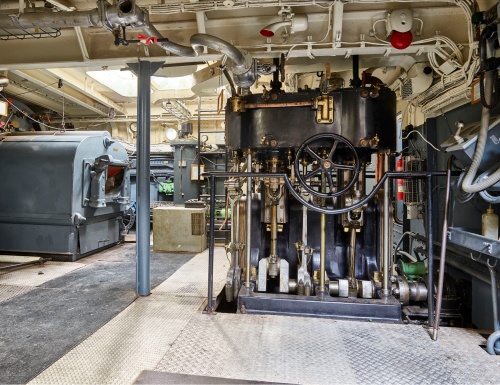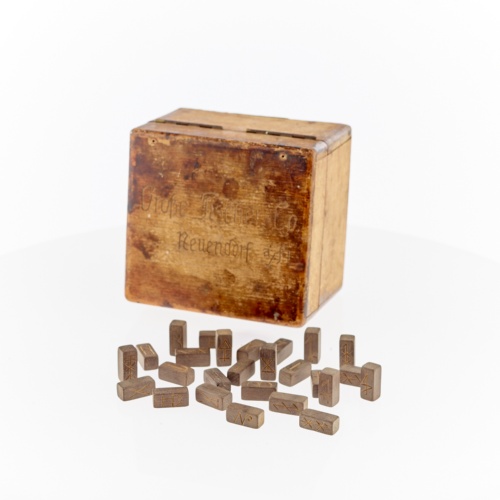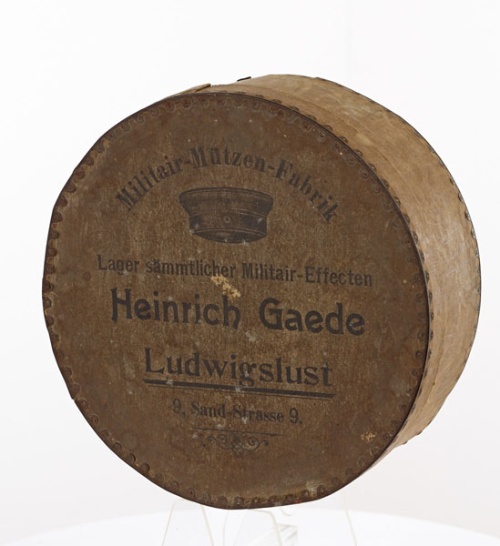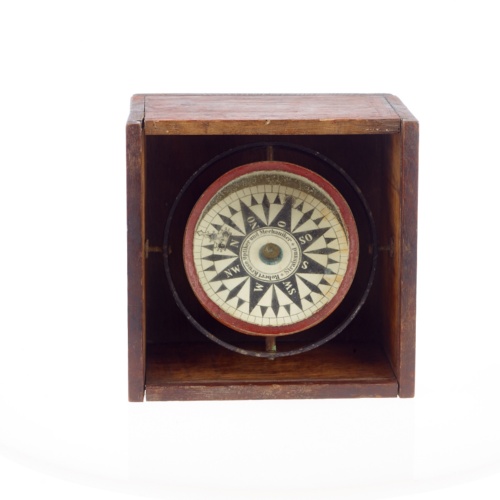After the agricultural crisis there was a shipping boom that lasted for several decades. The Rostock merchant fleet doubled its tonnage from 1850 to 1870 and was primarily active in export activities. In contrast, imports mainly went via Stettin, Lübeck or Hamburg. The state was covered by a rail network, which was nationalised from 1889 to 1893.
The North German Confederation abolished mandatory guild membership in 1869. Metal processing and the food industry became established in Rostock, Wismar, Güstrow and also in Schwerin, Neubrandenburg, Neustadt-Glewe, Dömitz and Parchim. The Neptune shipyard was built in Rostock in 1890.
In Wismar Heinrich Podeus built his company as a large ship-owner with iron ships, iron foundries, a wagon factory and wood plants. Sugar factories were built from the start of the 1880s as landowner corporations and epitomised the highest European level. The building industry enjoyed a boom.
Despite a ban the “General Mecklenburg Trade Association” was established.
